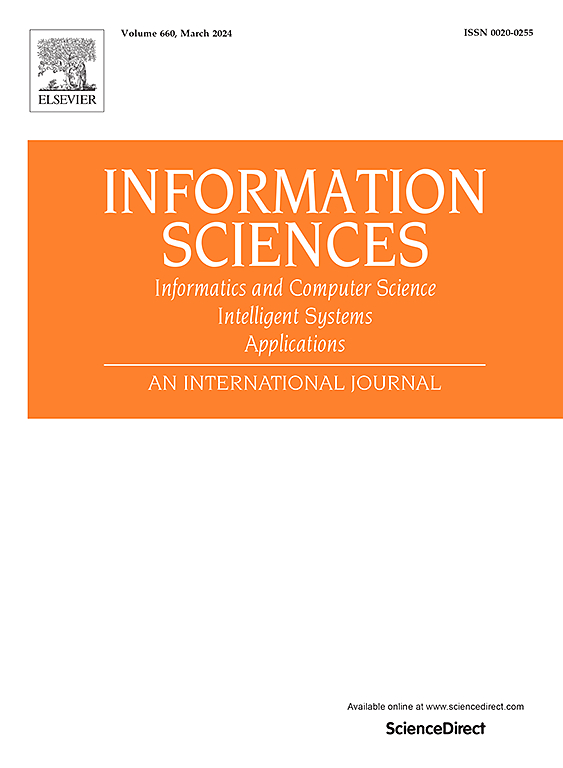一种新的用于可行驶道路区域检测的轻量级卷积神经网络模型
IF 8.1
1区 计算机科学
0 COMPUTER SCIENCE, INFORMATION SYSTEMS
引用次数: 0
摘要
如今,由于市场上自动驾驶汽车的数量迅速增加,这些车辆在可驾驶道路区域的安全导航变得极其重要。确保安全导航的最关键因素之一是将可驾驶道路区域的检测作为一项语义分割任务。考虑到自动驾驶汽车是模块化的,执行该任务的算法必须在轻量化、计算复杂性和分割精度方面做出最佳权衡。本研究设计并提出了基于卷积神经网络的新模型RoNet,该模型为可驾驶道路区域的检测提供了最佳权衡。通过开发非对称卷积类型(使用非对称atrous卷积)和非对称卷积类型(使用Prewitt和Sobel核),对RoNet模型的编码器和解码器瓶颈模块的标准卷积类型以及空间边缘注意机制进行了优化。空间边缘注意机制旨在减少小分辨率特征图中细节信息的丢失。在使用CamVid和FUVid数据集进行的实验测试中,与其他最先进的方法相比,RoNet在分割精度、参数数量和计算复杂度方面取得了更好的折衷。本文章由计算机程序翻译,如有差异,请以英文原文为准。
A new lightweight convolutional neural network model for detecting drivable road regions
Nowadays, due to the rapid increase in the number of autonomous vehicles on the market, the safe navigation of these vehicles in drivable road areas has become extremely important. One of the most crucial factors in ensuring safe navigation is addressing the detection of drivable road areas as a task of semantic segmentation. Considering that autonomous vehicles are modular, the algorithm to perform this task must have the optimum trade-off in terms of lightweight, computational complexity, and segmentation accuracy. In this study, RoNet, a new model based on convolutional neural networks that provides an optimum trade-off for the detection of drivable road regions, was designed and proposed. The standard convolution types for the encoder and decoder bottleneck module of the RoNet model, as well as the spatial edge attention mechanism, have been optimized by developing asymmetric convolution types using asymmetric atrous convolution, asymmetric convolution types using Prewitt and Sobel kernels. Spatial edge attention mechanism is designed to reduce the loss of detailed information in small-resolution feature maps. In experimental tests performed with CamVid and FUVid datasets, RoNet achieved a better trade-off in terms of segmentation accuracy, number of parameters, and computational complexity compared to other state-of-the-art methods.
求助全文
通过发布文献求助,成功后即可免费获取论文全文。
去求助
来源期刊

Information Sciences
工程技术-计算机:信息系统
CiteScore
14.00
自引率
17.30%
发文量
1322
审稿时长
10.4 months
期刊介绍:
Informatics and Computer Science Intelligent Systems Applications is an esteemed international journal that focuses on publishing original and creative research findings in the field of information sciences. We also feature a limited number of timely tutorial and surveying contributions.
Our journal aims to cater to a diverse audience, including researchers, developers, managers, strategic planners, graduate students, and anyone interested in staying up-to-date with cutting-edge research in information science, knowledge engineering, and intelligent systems. While readers are expected to share a common interest in information science, they come from varying backgrounds such as engineering, mathematics, statistics, physics, computer science, cell biology, molecular biology, management science, cognitive science, neurobiology, behavioral sciences, and biochemistry.
 求助内容:
求助内容: 应助结果提醒方式:
应助结果提醒方式:


